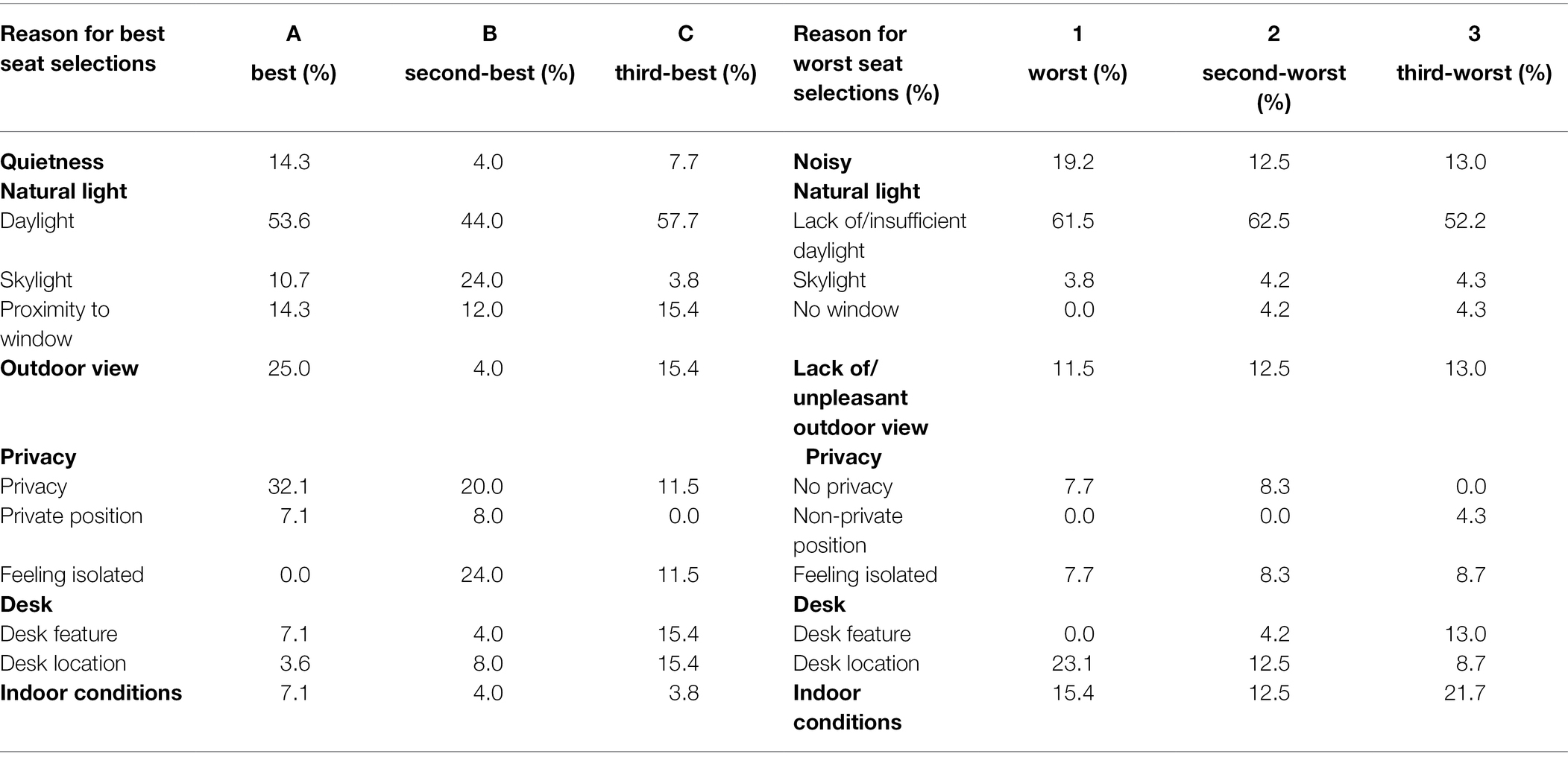In today’s rapidly evolving urban landscape, the integration involving sun light into developing design is even more crucial than in the past. Daylight surveyors play some sort of vital role within this context, giving insights not simply enhance a building's aesthetic appeal although also contribute significantly to its ecological performance. As the demand for sustainable buildings keeps growing, understanding the intricacies of daytime surveys becomes vital for architects, builders, and urban planners alike.

By exploring the particular importance of daylight studies, we are able to uncover precisely how these assessments impact energy efficiency, resident wellbeing, and perhaps planning permissions. While we delve directly into the art and science behind daylight surveying, we will certainly highlight the many advantages it brings, coming from optimizing sun light throughout residential spaces to ensuring compliance along with daylight and sun light standards. Whether a person are a house user looking to enhance your space or some sort of professional in the particular field, the insights provided here may illuminate the path toward more eco friendly and livable surroundings.
The Importance of Daylight Studies in Building Design
Sunlight surveys play a crucial role throughout the architectural design and style process by examining how natural lighting interacts within the space. The primary objective is to make sure that buildings receive adequate sunlight while reducing glare and dark areas. This not just enhances the aesthetic appeal of some sort of structure but furthermore significantly leads to power efficiency. By studying sunlight patterns, designers are better prepared to position glass windows and design places that harness sun light, reducing the dependence on artificial lights and lowering strength consumption.
Incorporating daylight surveys in building design also addresses typically the psychological and physiological benefits of organic light exposure. Research have shown of which environments enriched using daylight lead in order to improved mood, efficiency, and overall wellbeing for occupants. For example, in business office designs, arsenic intoxication normal light has some sort of direct correlation using employee satisfaction in addition to performance, ultimately boosting the functionality of the workspace. A well-conducted daylight survey makes certain that these benefits usually are optimized throughout the design process.
Moreover, building regulations and standards increasingly prioritize daytime access, making sunlight surveys essential with regard to compliance. Local organizing authorities often demand proof of enough daylight provision ahead of granting planning permissions. This is particularly important in urban regions where high-density innovations can impact nearby properties. Therefore, performing a thorough sunlight survey not only supports aesthetic plus environmental goals but also aids inside navigating the complex legal landscape regarding building regulations, making sure successful project final results.
Understanding the Position of Daylight Surveyors in Urban Preparing
Daylight surveyors play a crucial role in city planning, ensuring that new developments improve natural light while sticking to local polices. Daylight Assessment Ireland measure the accessibility of sunlight in proposed sites and analyze how adjacent structures may effects light access. This specific analysis is vital for producing spaces that promote occupant convenience and wellbeing, while well as with regard to maintaining the cosmetic quality of downtown environments.
Their expertise allows planners and can be understand the significance of daylight on building design. By using advanced software in addition to modeling techniques, sunlight surveyors can anticipate sunlight penetration and even daylight factor within just spaces. This information is instrumental throughout guiding decisions about building orientation, windows placement, and general design, ultimately improving energy efficiency plus reducing the need for man-made lighting.
Furthermore, daylight surveyors contribute to group engagement by supplying evidence-based insights during public consultations. Their particular assessments help make clear how changes throughout urban density or even new developments may overshadow existing components, allowing for balanced approach to advancement that considers the needs coming from all stakeholders. This collaborative energy fosters sustainable city growth and assures that light is still accessible in densely populated areas.
Precisely how Daylight Surveys Enhance Energy Efficiency throughout Buildings
Daylight surveys play a vital role in promoting energy efficiency within buildings by making the most of the use associated with natural light. By knowing how sunlight goes in a space, architects and designers can strategically plan windows, skylights, and other openings to utilize daylight effectively. This specific reduces reliance on artificial lighting in the course of hours of sunlight, leading to lower energy usage and, consequently, lowered operational costs with regard to occupants.
Furthermore, the information gained from daytime surveys can advise decisions linked to energy comfort and vitality use. Buildings made with adequate daylight handle can benefit from passive solar heating system, which allows with regard to natural warmth being utilized in cooler months. By enhancing window placement in addition to incorporating shading products, buildings can keep a comfortable temperature without excessive reliance in heating or chilling systems, making more sustainable energy user profile.
Lastly, daylight surveys supply essential data with regard to compliance with vitality efficiency standards plus certifications. By adding daylight analysis in to the design procedure, buildings can obtain higher ratings throughout green certification plans like LEED or even BREEAM. This not really only aids in enhancing the building's marketability but also encourages a larger commitment to sustainability. Investing in daytime surveys ultimately lines up with long-term energy efficiency goals, beneficial for both building owners along with the environment.
